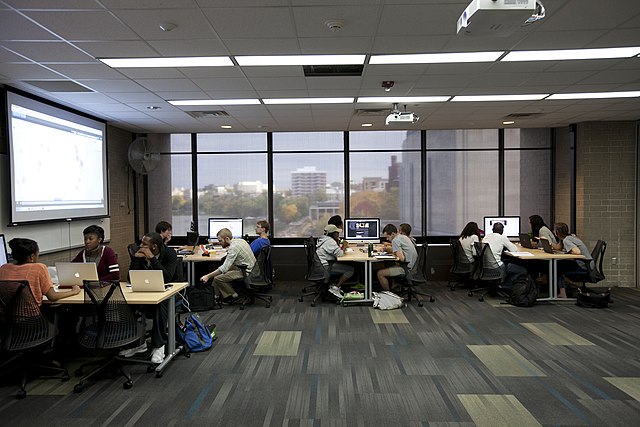Digital media education plays a crucial role in empowering at-risk youths by offering them the knowledge and skills needed to thrive in a technology-driven world. This form of education can have a transformative impact on their personal and professional development. Here are some key ways in which digital media education empowers at-risk youths:
Digital Literacy:
Digital media education teaches at-risk youths essential digital literacy skills, such as using computers, the internet, and various software applications. This foundational knowledge is increasingly vital for both education and employment.
Access to Information:
Digital media education provides access to a vast world of information and educational resources online. At-risk youths can use the internet to learn about a wide range of subjects and gain a deeper understanding of the world.
Communication and Expression:
Digital media tools enable at-risk youths to express themselves, share their stories, and connect with others. Social media, blogging, vlogging, and digital art platforms provide avenues for self-expression and building a sense of identity.
Creativity and Problem-Solving:
Digital media education fosters creativity and critical thinking. At-risk youths can learn to create digital content, solve technical challenges, and develop innovative solutions to real-world problems.
Job Skills and Employment Opportunities:
Digital media skills are in high demand in today’s job market. Learning graphic design, video production, coding, and digital marketing can open doors to a wide range of career opportunities.
Entrepreneurship:
At-risk youths can learn how to leverage digital media to start and grow their businesses. They can explore e-commerce, online marketing, and freelancing as avenues to financial independence.
Media Literacy:
Digital media education equips at-risk youths with media literacy skills, helping them critically assess and interpret the media messages they encounter. This critical thinking can protect them from misinformation and manipulation.
Online Safety:
Digital media education includes guidance on online safety, privacy, and responsible internet use. It empowers at-risk youths to protect themselves and make informed decisions online.
Community Engagement:
Digital media education can facilitate community engagement and activism. At-risk youths can use digital tools to advocate for social issues, share their perspectives, and connect with like-minded individuals.
Self-Esteem and Confidence:
As at-risk youths acquire digital skills and see the positive results of their efforts, their self-esteem and confidence can improve. This can have a positive impact on their overall well-being.
Educational Support:
Digital media can serve as a valuable educational support system. At-risk youths can access online tutorials, educational games, and virtual classrooms to supplement their traditional education.
Mentorship Opportunities:
Digital media education programs often provide mentorship and guidance, connecting at-risk youths with professionals in the field who can inspire and guide them.
Cultural Preservation:
Digital media can help at-risk youths document and preserve their cultural heritage, language, and traditions through digital storytelling and multimedia projects.
It’s important for digital media education programs to be accessible and tailored to the unique needs of at-risk youths. Such programs can be offered in schools, community centers, and after-school programs. By providing at-risk youths with digital media education, we can help bridge the digital divide and empower them to overcome challenges, pursue education and career opportunities, and make a positive impact on their communities.









